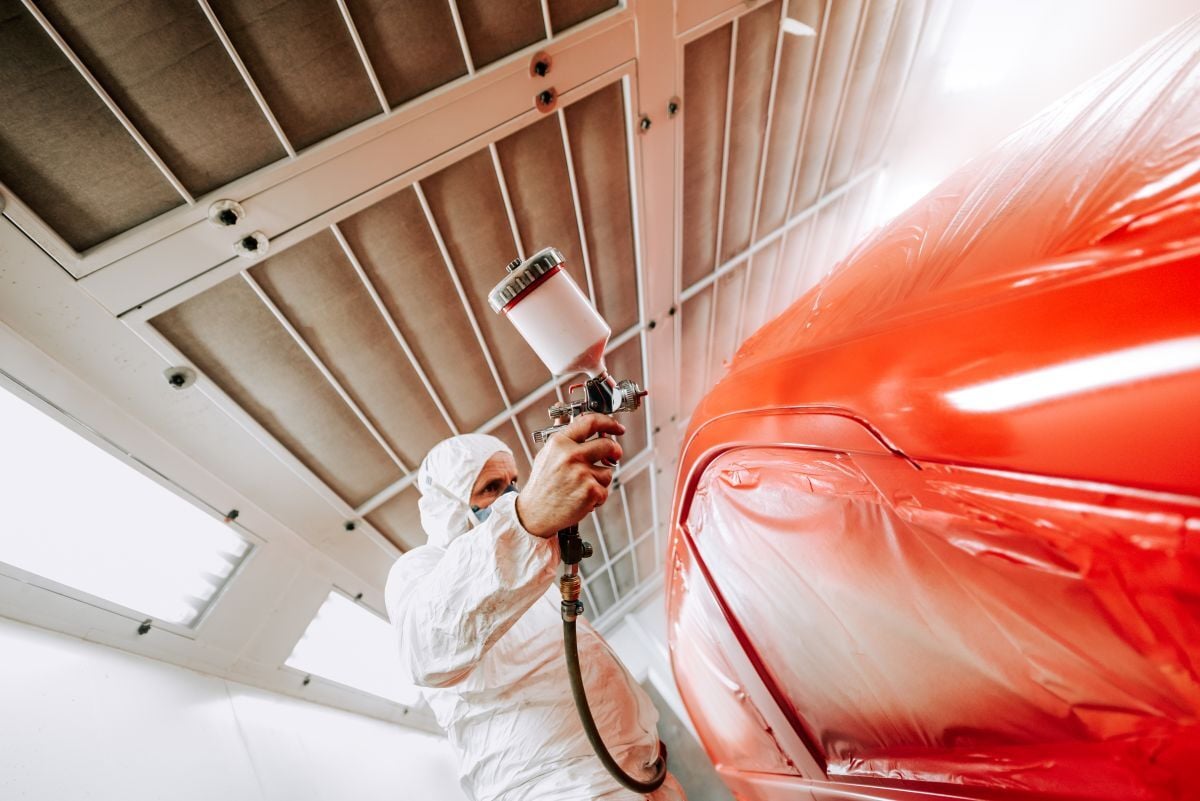
Dry chemical fire suppression systems are trusted in high-risk environments like paint spray booths, chemical storage areas, mining equipment, and aviation hangars. When properly maintained, they provide fast, reliable fire protection. But like any life safety system, they are vulnerable to failures if not correctly installed, inspected, or serviced.
The consequences of system failure can be devastating — lost equipment, production downtime, non-compliance penalties, or even injuries and loss of life. Fortunately, most failures can be traced to a few common causes, all of which can be prevented with proactive service.
In this post, we’ll explore the most common causes of failure in dry chemical fire suppression systems and how you can avoid them.
- Clogged Nozzles
One of the most frequent issues with dry chemical systems is clogged or obstructed discharge nozzles.
How It Happens
- Dust and debris buildup in industrial environments can block nozzle openings.
- Paint overspray or residue in spray booths can harden inside nozzle caps.
- Improper storage or installation may expose nozzles to contaminants.
Why It Matters
If the nozzle is blocked, the system may not discharge properly — leading to weak coverage or complete failure during a fire.
Prevention
- Monthly visual inspections to ensure nozzle caps are intact and clean.
- Annual maintenance where technicians remove and clean nozzles.
- Replacing damaged or missing caps immediately.
- Moisture Contamination in the Agent
Dry chemical extinguishing agents are designed to flow freely. However, moisture contamination can cause the powder to clump or cake together.
How It Happens
- Leaks in storage cylinders or piping allow moisture in.
- Improper storage of agent containers in humid environments.
- Failure to reseal cylinders correctly after service.
Why It Matters
Clumped agent won’t discharge properly and may prevent the system from releasing its full extinguishing potential. In the worst cases, discharge can be completely blocked.
Prevention
- Store cylinders in dry, temperature-controlled environments.
- Ensure hydrostatic testing and recharging are performed by certified professionals.
- Replace agent immediately if contamination is suspected.
- Improper Installation
Even the most advanced suppression system won’t work correctly if it’s installed incorrectly. Improper installation is a leading cause of system failure, especially in complex facilities.
Examples of Mistakes
- Incorrectly sized or routed piping that prevents even distribution.
- Nozzles placed too far apart or in the wrong orientation.
- Cylinders mounted where they are exposed to excessive vibration or heat.
- Using non-approved parts or components.
Why It Matters
Improper installation can reduce coverage, delay actuation, or cause the system to malfunction altogether.
Prevention
- Always work with a certified fire protection provider familiar with NFPA 17/33 Standards.
- Request documentation and system drawings after installation.
- Ensure final acceptance testing is performed before the system goes live.
- Poor or Infrequent Inspections
A dry chemical fire suppression system is not a “set it and forget it” solution. Many failures occur because the system simply isn’t inspected or serviced often enough.
What Gets Missed
- Low pressure in the agent cylinder.
- Expired hydrostatic test dates on cylinders.
- Corrosion on piping and fittings.
- Damaged manual pull stations or detectors.
Why It Matters
Without regular checks, small issues go unnoticed until the system is called upon in an emergency — when it may not work at all.
Prevention
- Conduct monthly in-house visual inspections of nozzles, gauges, and cylinders.
- Schedule semi-annual or annual professional inspections to comply with NFPA 17 and your AHJ’s requirements.
- Keep detailed inspection records to demonstrate compliance.
- Lack of Proper Testing and Recharging
Another common failure point is neglecting to test or recharge the system after use or at regular intervals.
How It Happens
- System discharges (fire or accidental) and is never refilled.
- Pressure loss over time without being noticed.
- Expired agent or outdated cylinders that are still in service.
Why It Matters
A system that’s partially discharged or past its service life won’t provide full protection in the next emergency.
Prevention
- Recharge the system immediately after any discharge.
- Verify cylinder weights and pressure during annual maintenance.
- Replace cylinders at manufacturer or NFPA-required intervals.
- Inadequate Training of Personnel
Even when systems are installed and maintained properly, human error can cause failures.
Examples
- Staff accidentally blocking nozzles with equipment or storage.
- Employees not recognizing low-pressure gauges or missing nozzle caps.
- No one on-site knows how to manually activate the system if automatic detection fails.
Prevention
- Train staff on basic system awareness during safety meetings.
- Post signage identifying system components and manual release stations.
- Partner with your fire protection provider for refresher training.
Conclusion
Dry chemical fire suppression systems are powerful tools for protecting people and property — but like any life safety equipment, they require proper installation, inspection, and care to perform as expected.
The most common causes of system failure — clogged nozzles, moisture contamination, improper installation, poor inspections, and lack of recharging — are all preventable with the right maintenance plan.
At Koorsen Fire & Security, we help businesses stay compliant with NFPA standards while ensuring their suppression systems are ready for any emergency. From installation and testing to recharging and training, contact Koorsen Fire & Secuirty for all of your fire protection needs!


